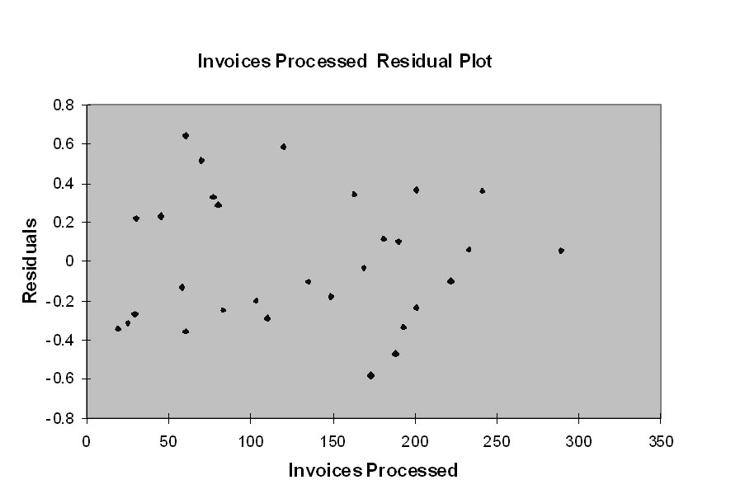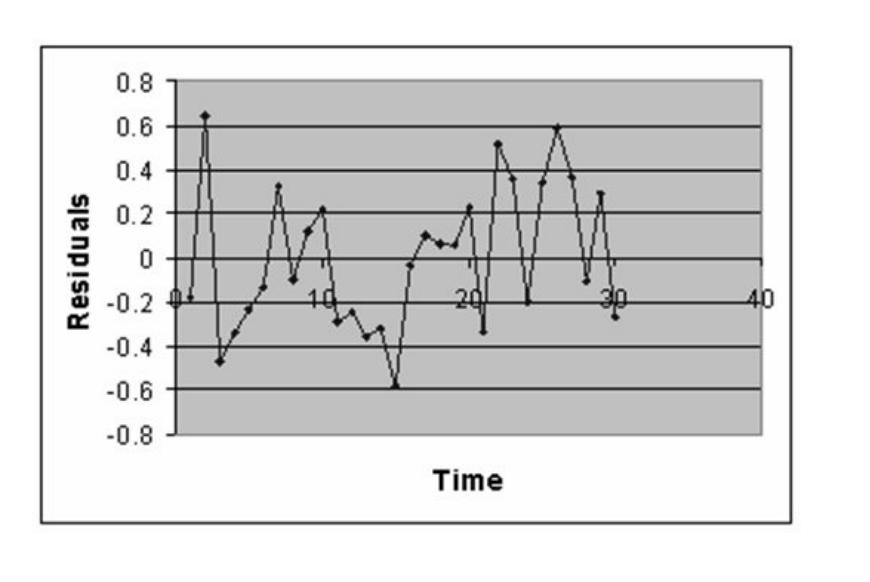TABLE 13-12
The manager of the purchasing department of a large banking organization would like to develop a model to predict the amount of time (measured in hours) it takes to process invoices. Data are collected from a sample of 30 days, and the number of invoices processed and completion time in hours is recorded. Below is the regression output:


-Referring to Table 13-12, there is sufficient evidence that the amount of time needed linearly depends on the number of invoices processed at a 5% level of significance.
Definitions:
Statistical Methods
Techniques used for collecting, analyzing, interpreting, and presenting numerical data.
Referencing Style
The standardized method of acknowledging sources of information and ideas used in academic writing, such as APA, MLA, or Chicago style.
Social Science
The study of human society and social relationships, encompassing various disciplines like sociology, psychology, and anthropology.
APA
A set of rules and guidelines for formatting documents and citing sources, developed by the American Psychological Association.
Q31: In data mining where huge data sets
Q45: Referring to Table 15-5, the 0 to
Q46: Referring to Table 10-14, suppose α =
Q52: Referring to Table 10-6, the p-value for
Q58: Referring to Table 10-7, what is the
Q70: Referring to Table 10-12, construct a 99%
Q89: Referring to Table 14-12, predict the meter
Q99: The Kruskal-Wallis test is an extension of
Q114: Referring to Table 14-10, the residual mean
Q178: Referring to Table 10-14, what is the